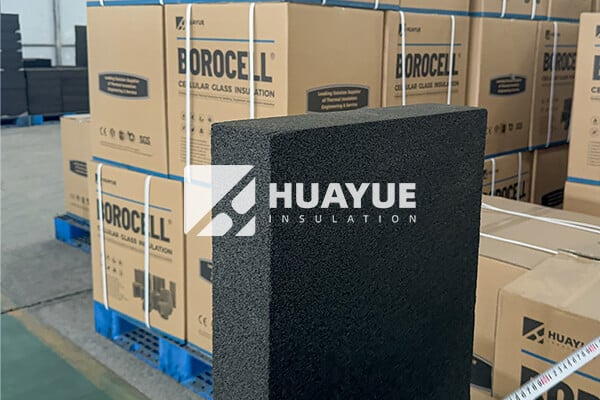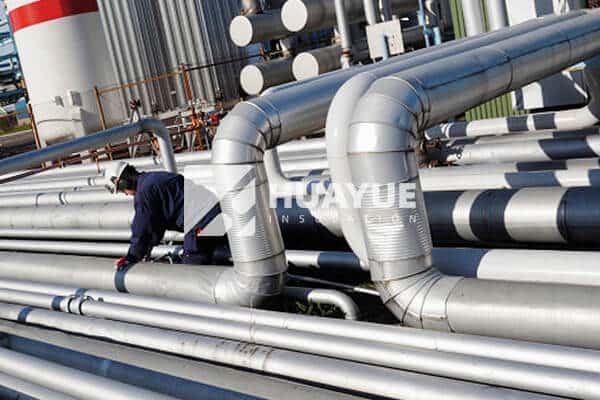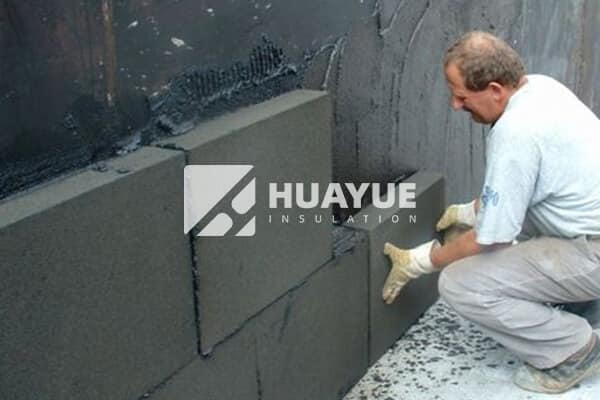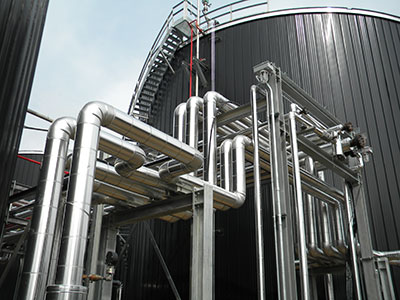A surprising number of tanks fail long before their time because the insulation was installed the wrong way. Many people underestimate how much this costs over the years. Let’s go step by step through the right method, so you get the performance you paid for.
Foam glass insulation is put in place by laying it directly over clean, dry surfaces and securing it with both adhesives and mechanical fasteners as needed. The installer pays special attention to all joints and always finishes with a proper vapor barrier to keep out moisture and vapor.

I have seen far too many facility teams rush through the insulation process, only to see water leak in a few months later. That means extra repairs, system downtime, and unpleasant meetings with your safety manager. If your goal is efficiency, safety, and low maintenance over decades—not just months—read on. Here, I’ll answer the practical questions I get all the time from engineers like Hans Müller and share what really works in the field.
What is foam glass insulation used for?
Many teams focus only on heat loss, missing the bigger dangers—corrosion, water damage, and chemical attack. These all add up and can shorten the life of expensive tanks.
Foam glass insulation is used on tanks, pipes, and factory equipment. It protects against heat loss, moisture, corrosion under insulation, and fire. It does this for many years, even in the harshest conditions.

Foam glass is built like a sponge, but made of sturdy glass, not soft material. This unique structure keeps out water and chemicals because not even a drop can sneak inside. I have recommended foam glass for big cryogenic and chemical tanks, where it is exposed to huge temperature swings and rough weather, because it just works. No condensation forms, which means no corrosion—and for sites that store dangerous chemicals, that means fewer safety issues overtime. The material is also fireproof. In fact, it does not create smoke or melt in a fire, meeting strict safety rules everywhere from Germany to South America.
This insulation does not just work well for tanks. We use it for chillers, pipes, and even building roof decks whenever we want the most reliable water and fire barrier. Whenever a client needs something that won’t degrade, foam glass becomes the top option.
How do they install foam insulation?
Bad installation leaves invisible gaps, lets in water, and leads to rust or ice. Fixing these errors costs double the money and causes endless frustration.
The right way to install foam glass insulation is to fit the boards tightly onto clean, dry surfaces, using adhesives or mechanical fasteners as needed, then fully sealing every seam with a vapor barrier.

Every time I get called on a project, I show the crew how important surface preparation is. Any dirt, oil, or wetness on the tank will hurt how well the foam glass sticks. First, the insulation cuts to fit the shape of the tank or pipe closely, with no big holes or loose spots. For bigger tanks, the boards go on in a staggered pattern, a bit like building a brick wall—so that there is never a straight line that lets in air or water.
Next comes adhesive, which must be proven safe on both metal and foam glass—no shortcuts here. For jobs on vertical or overhead tanks, I suggest adding mechanical pins or bands to hold everything up. Once every panel and strip is in place, every single joint and edge must be sealed. We use heavy-duty tape or a brushed-on vapor barrier, which blocks even tiny spots of water vapor that can cause corrosion or ice.
In my experience, when every step is done patiently, even tanks in bad weather zones or chemical plants stay dry inside for years and years. I always check by running a hand over the surface—if you feel even a hairline gap, it means going back to fix it, right away.
What is the best way to attach foam board insulation?
If insulation peels or falls off, you lose heat—and often, the trust of your whole plant team. The method and care you use to attach it really matter.
The best way to attach foam glass insulation is by using a manufacturer-approved adhesive for a strong bond, and adding mechanical anchors for extra support, especially on large or vertical surfaces. Thoroughly seal every joint and edge with a vapor barrier to prevent leaks.
Many times, I’ve seen projects where the wrong kind of glue was used, and months later, the insulation slid out of place. The product’s instructions always list which adhesives to use, based on chemical resistance and long-term strength. And for tanks that are tall or have a lot of curves, mechanical anchors or wire bands hold the boards securely, no matter how much the temperature changes.
But attaching insulation is only half the battle. People forget that water and air find even the tiniest crack. After attaching the foam glass, a vapor barrier is critical—like a tape, foil, or special paint—put over every joint and corner. If you skip this, you might as well leave the insulation off.
For Hans or anyone facing a complex project, my one rule is: never rush the final sealing. Go slow, look at every seam from up close, and test the final coat before declaring the tank done. This is how you get worry-free results and the kind of performance your team will thank you for year after year.
Conclusion
Install foam glass with careful prep and tight sealing, and you protect your tanks from leaks, fire, and corrosion—setting yourself up for years of trouble-free service.

